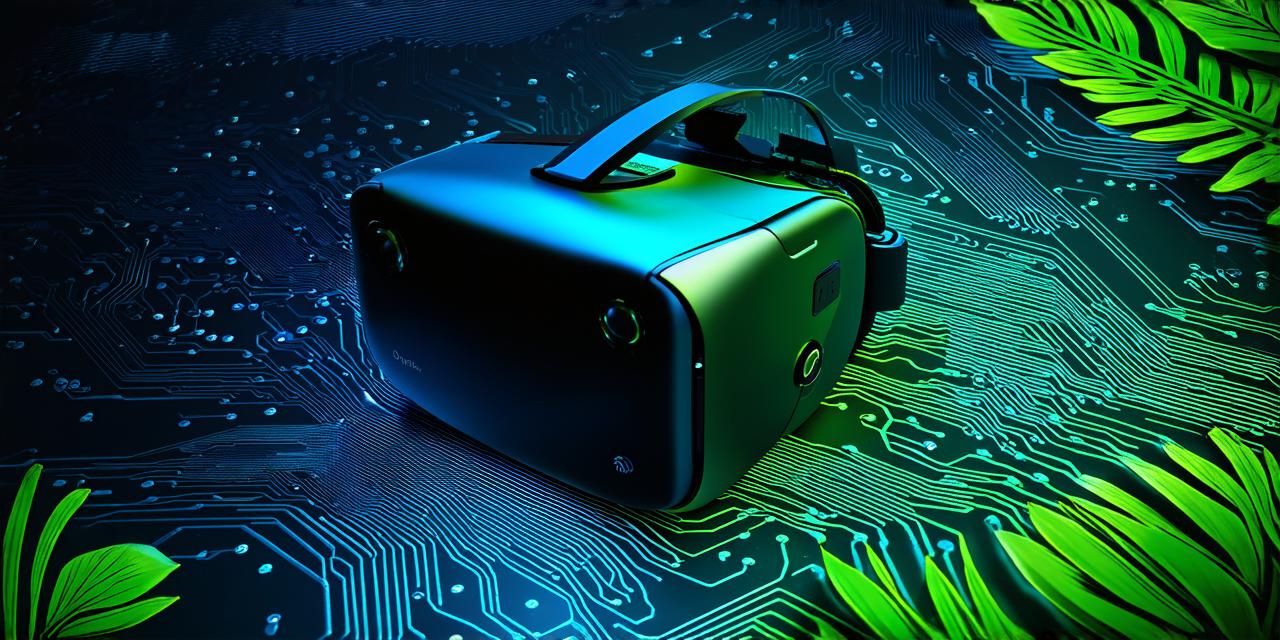Step 1: Understand the Basics of VR Game Development
Before diving into the technical aspects of VR game development, it’s essential to understand the basics of this technology. Here are some key points to keep in mind:
- VR games require specialized hardware, such as Oculus Rift or HTC Vive, that can track a player’s movements and render an immersive environment.
- VR games typically involve a combination of 3D modeling, programming, and game design skills.
- The most popular VR game development engines are Unity and Unreal Engine.
Step 2: Choose Your Game Concept
Once you have a basic understanding of VR game development, it’s time to choose your game concept. Here are some factors to consider when choosing your game concept:
- What type of experience do you want to create for the player? (e.g., action, puzzle, adventure)
- How will you use VR to enhance the gameplay experience? (e.g., 360-degree movement, interactive objects)
- Consider the target audience and their preferences.
Step 3: Plan Your Game Design
With your game concept in mind, it’s time to start planning your game design. Here are some steps to follow:
- Create a storyboard or flowchart that outlines the game’s key mechanics and levels.
- Sketch out rough 3D models of characters and objects in the game world.
- Develop a prototype that showcases the core gameplay mechanics and design concepts.
Step 4: Learn Unity or Unreal Engine
Once you’ve learned the basics of your chosen game development engine, it’s time to start creating your game assets. Here are some key elements to focus on:
- 3D modeling: Use software like Blender or Maya to create 3D models of characters, objects, and environments that will be used in your game.
- Texturing: Apply textures to your 3D models to give them a more realistic appearance.
- Animation: Create animations for your characters and objects using tools like Anime2D or Mixamo.
Step 5: Implement Your Game Logic
With your game assets created, it’s time to implement the game logic that will bring everything together. Here are some key steps to follow:
- Write code to handle player input and movement.
- Implement physics simulation to make objects in the game world behave realistically.
- Create AI for non-player characters (NPCs) and enemies.
- Develop sound effects and music to enhance the game’s atmosphere.
Step 6: Test and Refine Your Game
Once your game is up and running, it’s essential to test it thoroughly to identify and fix any bugs or issues. Here are some steps to follow:
- Playtest your game with friends and family to get feedback on the gameplay experience.
- Use tools like Oculus Debug or SteamVR debugging to identify and fix technical issues.
- Refine your game design based on player feedback and testing results.
FAQs
What kind of hardware do I need to develop VR games?
You will need specialized hardware, such as an Oculus Rift or HTC Vive, to develop VR games.
FAQs
Can I use Unity or Unreal Engine for VR game development?
Yes, both Unity and Unreal Engine are popular game development engines that are suitable for VR game development.
FAQs
How do I create 3D models for my VR game?
You can use software like Blender or Maya to create 3D models for your VR game.
FAQs
How do I implement AI in my VR game?
There are several AI tools and platforms available that you can use to implement AI in your VR game, such as Dialogflow or Wit.ai.
FAQs
How do I test my VR game?
You can playtest your VR game with friends and family, and use tools like Oculus Debug or SteamVR debugging to identify and fix technical issues.
Summary
Starting a VR game development project can be challenging, but with the right knowledge and resources, you can create an immersive and engaging game experience. By following the steps outlined in this guide and continuously refining your game design based on player feedback, you can bring your vision to life and create a truly unique VR game.
